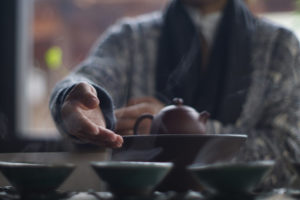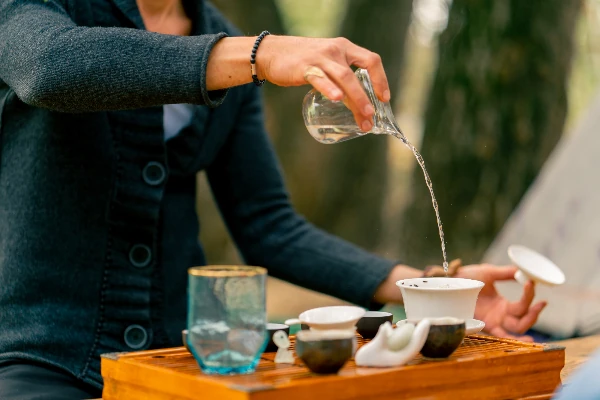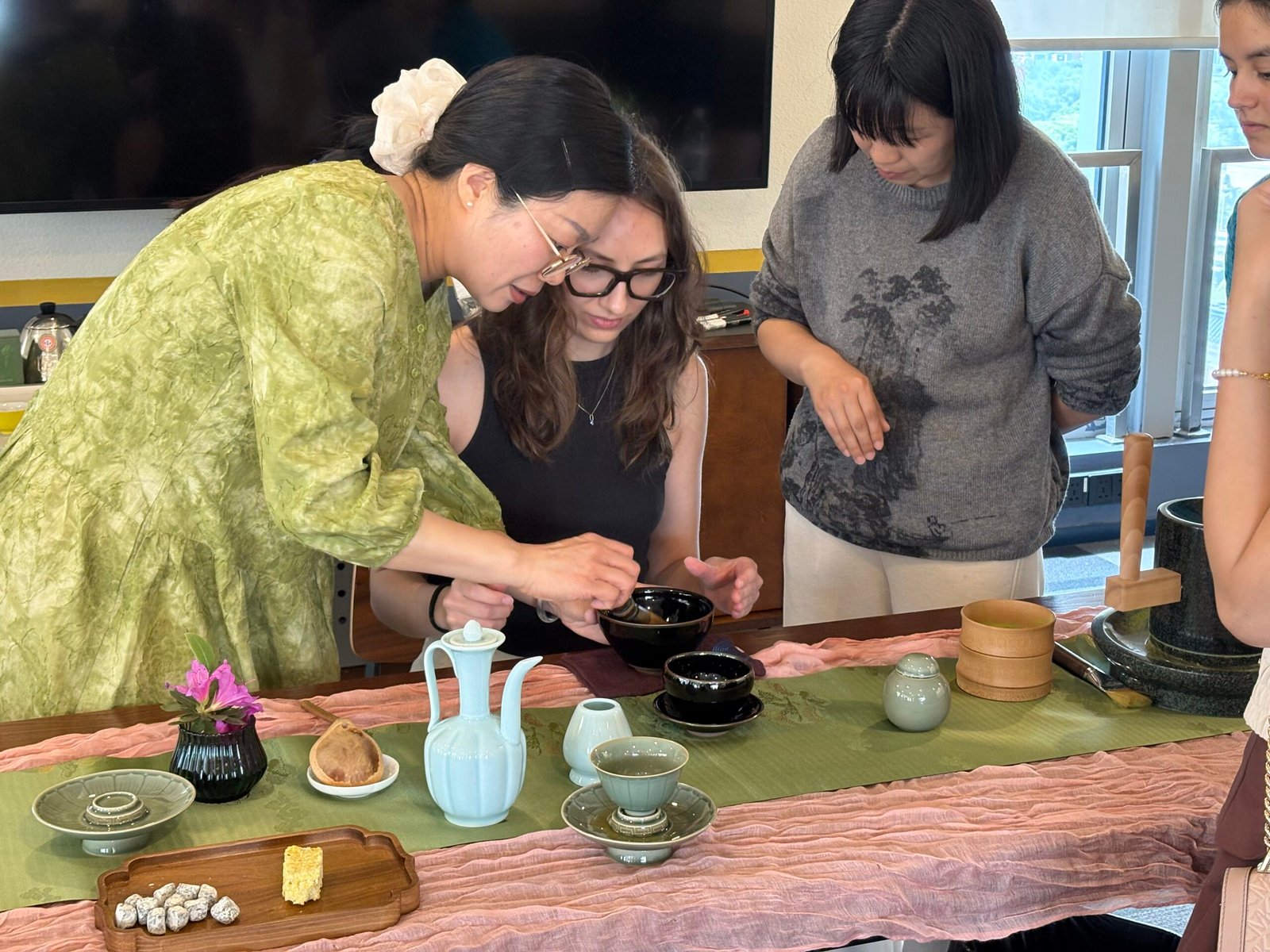
How to Experience Authentic Tea Culture in China’s Mountains
Hello fellow travelers! Here at jusha.travel, we love sharing tips to make your China journey unforgettable. Nothing captures the essence of China’s tea culture quite like venturing into the misty mountain regions that have been cultivating this ancient tradition for millennia. From the historic roots of tea production to immersive cultural experiences, China’s mountainous areas offer a gateway to genuine heritage. In this guide, we’ll explore how to dive into authentic tea culture amid breathtaking landscapes, discovering everything from traditional ceremonies to unique teas shaped by the terroir of their mountain regions. Whether you’re a tea novice or enthusiast, these experiences promise to deepen your connection to China’s rich legacy. For more insights on Chinese culture, check out our post on Exploring China: History, Culture, and Modernity.

The Historic Roots of Tea in China’s Mountain Regions
To truly appreciate authentic tea culture, start by understanding its origins in China’s mountain regions. Tea cultivation began in 51 BC at Mount Mengding in Sichuan, marking one of the world’s earliest instances of artificial tea planting. This sacred site, often called the “birthplace of world tea culture,” features the iconic Mengding Ganlu (Sweet Dew) tea, grown in its cloudy, humid climate that creates subtle floral flavors. Further south, the Wuyi Mountains in Fujian province meld nature, history, and spirituality—home to revered oolongs like Da Hong Pao and Shui Xian, where mineral-rich soil imparts a distinctive “rock rhyme.” These Daoist spiritual centers have hosted teas since ancient times, evolving into UNESCO-recognized cultural landscapes.
Venture to Jingmai Mountain in Pu’er, Yunnan, a UNESCO World Heritage site with ancient tea gardens intercropped among forests. Here, protected ancient arbor forests yield Pu’er (sheng and shou varieties), showcasing biodiversity and sustainable practices passed down through generations. These mountain regions aren’t just about tea; they’re living cultural experiences where ethnic minorities like the Yi, Miao, and Dai have coexisted with tea trees for centuries. Join tea farmers in picking sessions along misty slopes—immense in picking tender oolong buds in Wuyi or forest leaves in Yunnan. For hands-on learning, attend tea processing workshops in places like Lushan, Jiangxi, where stir-frying, rolling, and sun-drying reveal the craft. These traditional ceremonies and ancestral halls preserve tales of tea as tribute to emperors along old Silk Roads. Discovering these roots connects you to China’s tea heritage, blending history with sensory delight. If you’re planning travel, our guide on Transportation in China can help you reach these remote spots efficiently.

Signature Teas and Their Mountain Terroir
China’s mountain regions produce teas that embody their unique environments, or terroir—a fusion of altitude, climate, and tradition creating unmatched flavors. At Mount Mengding, elevated mist and moderate rainfall foster pure, cloudy green teas like Ganlu, hand-stir-fried while kneading to preserve natural aromas. The Wuyi Mountains, with granite soils and historic craftsmanship, brew bold oolongs such as Rougui and Shui Xian, often roasted for floral depths. Here, authentic tea culture shines in rock-crafted plantations, a testament to human ingenuity atop jagged peaks.
Jingmai’s forest gardens yield complex Pu’er teas, aged through post-fermentation for earthy richness. Hunan’s Junshan Yinzhen, grown amid Dongting Lake’s misty islands, produces silver-needle white tea harvested selectively for premium quality. These varieties encourage cultural experiences through tastings that educate on tea’s evolution—from wild origins to cultivated masterpieces. For a deeper dive into tea’s origins, read our related post on What Is Chinese Tea Culture and How to Experience It?.

Immersive Traditional Ceremonies and Rituals
At the heart of authentic tea culture are traditional ceremonies that transform simple brewing into mindful art. The Gongfu Cha (Kung Fu Tea) ceremony, rooted in Taoism and Confucianism, involves multiple infusions revealing evolving flavors through precise gestures—pouring tea while cradling the pot with expertise to honor the leaf. Participate in guided sessions at mountain teahouses, where masters share philosophies like “drinking tea helps one cultivate one’s spirit.” These rituals educate on balance and harmony, connecting drinkers to nature’s bounty.
Beyond Gongfu, explore regional customs: in Yunnan, ancient forest ceremonies mimic minority traditions, while Wuyi’s Yan Cha rituals pay homage to imperial praises. Such cultural experiences often include meal sharing with farmers, discussing seasonal changes and ancestral wisdom. For those interested in broader rituals, explore our post on Top 10 Chinese Cultural Traditions Every Traveler Should Know.

Essential Tips for Visitors to Mountain Regions
Planning authentic cultural experiences in China’s mountain regions requires foresight. Opt for family-run farms or cooperatives for genuine interactions, respecting ecological norms like avoiding protected ancient forests. Learn basic Mandarin tea greetings, such as “Qǐng hē chá” (Please drink tea), to build connections. Travel responsibly: seek booked experiences via sustainable tours, and consider weather—spring harvesting season offers peak flavors but requires hiking gear for wet paths. For visa and itinerary help, refer to our China visa guide in related posts.
Sample itineraries might include a week in Yunnan: arrive in Kunming, train to Jingmai for tea forests and temples, then Pu’er for workshops. Pair with nearby cultural experiences like potteries in Jingdezhen. Budget 1,000-2,000 RMB daily for authentic stays and tastings. Navigating these areas? Check our Best Places to Visit in China for destination ideas. Embrace the journey—each sip in these mountains unveils China’s soul, blending tradition with landscapes.

Modern Twists and Sustainable Awareness
Today’s tea culture integrates cultural experiences with sustainability. Younger generations blend mountain regions‘ heritage with tech—apps for tea tours and AI-guided tastings in Wuyi. UNESCO-listed sites emphasize biodiversity, guiding visitors to support minority cultures. Tea festivals in mountains celebrate harvests with performances, while global exports highlight China’s influence. For historical destinations, our Historical Places in China Guide details sites like these.
As tea connects global palates, experiences here teach appreciation for terroir, proving traditional ceremonies endure amid modernity.
Conclusion
Experiencing authentic tea culture in China’s mountain regions is more than tasting leaves—it’s a journey through history, nature, and hospitality. From Mengding’s ancient groves to Yunnan’s forests, these destinations offer immersive cultural experiences and traditional ceremonies that enrich your travels. Here at jusha.travel, we encourage you to immerse yourself and share your stories. Visit us for more China travel inspiration, and tell us in the comments: What’s your favorite aspect of Chinese culture that you’ve discovered? For similar reads, explore our articles on cultural traditions and transportation!

